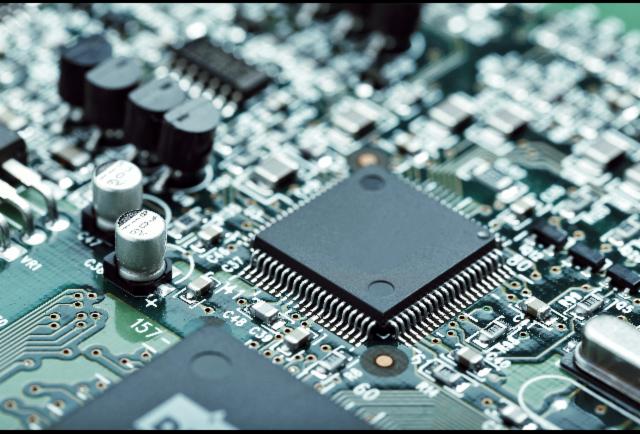Syn. Neurons via Q-Dot Laser. Nice.
Greek researchers working at the National and Kapodistrian University of Athens (EKPA) optical communication photonic technology laboratory have developed an artificial “neuron” that simulates fundamental functions of the human brain, at speeds that are many orders of magnitude higher.
A paper on the new breakthrough made by the Greek team, led by Prof. Dimitris Syvridis with Dr. Charis Mesaritakis as main researcher and with Alexandros Kapsalis and Adonis Bogris listed as authors, was published in the “Scientific Reports” section of the science journal “Nature” on December 19.
Simulating the action of biological neurons is the “Holy Grail” of computing; the proposal developed by Mesaritakis and his team uses an integrated all-optical neuron based on an InAs/InGaAs semiconductor quantum-dot passively mode-locked laser.










